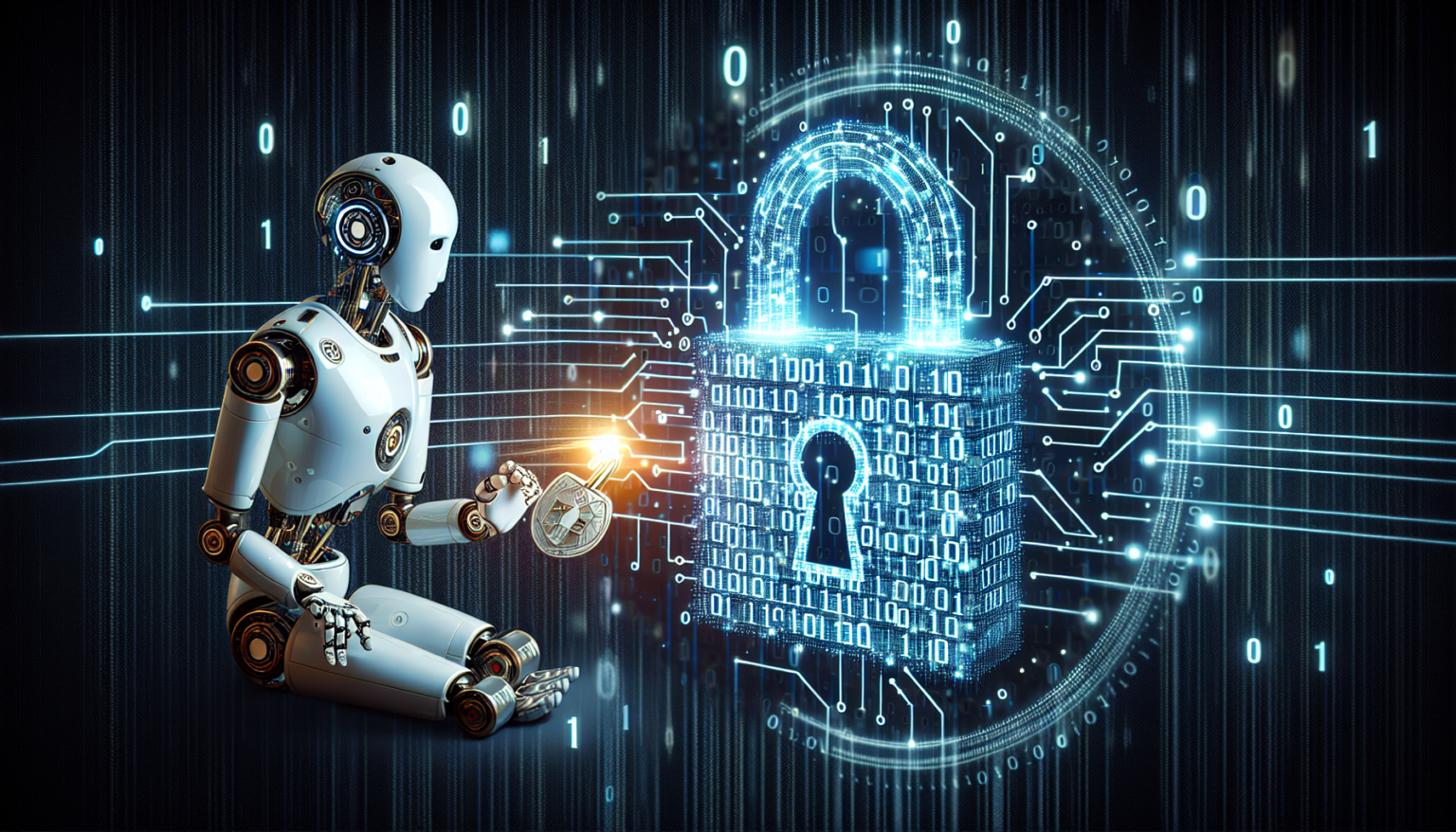The Importance of Security in Digital Transactions
In our increasingly digital world, secure transactions have taken center stage. As people shift to online banking, e-commerce, and various digital payment methods, ensuring the protection of personal and financial information becomes paramount. This is where the synergy of Artificial Intelligence (AI) and cryptography comes into play, creating a robust framework for securing digital interactions.
Understanding Cryptography
The Basics of Cryptography
Cryptography is the art of writing or solving codes. It is essentially about transforming information in such a way that only authorized users can understand it. The primary purpose of cryptography is to ensure data confidentiality, integrity, and authenticity.
Types of Cryptography
There are two main types of cryptography:
Symmetric Cryptography
In symmetric cryptography, the same key is used to encrypt and decrypt information. While it is fast and efficient, the key must be shared between parties securely, which can pose a problem.
Asymmetric Cryptography
Unlike symmetric cryptography, asymmetric uses a pair of keys: a public key that anyone can have and a private key that is kept secret by the owner. This method provides a higher level of security because even if someone intercepts the public key, they cannot decrypt the data without the private key.
The Role of Artificial Intelligence in Security
AI in Threat Detection
AI has become a key player in identifying and mitigating security threats in real-time. By analyzing patterns and anomalies in data, AI can detect potential security breaches before they lead to significant damage. This predictive capability is crucial in the fast-paced environment of digital transactions, where threats can emerge and evolve rapidly.
Machine Learning Algorithms
Machine learning, a subset of AI, employs algorithms that strive to learn from data and improve over time without human intervention. By leveraging historical transaction data, these algorithms can identify normal behavioral patterns, which allows them to flag odd or potentially fraudulent activities.
Fraud Detection
A notable application of machine learning in transactions is fraud detection. Traditional systems may fall behind as fraud techniques evolve, but AI can adapt and learn faster. For instance, if a customer’s spending pattern significantly deviates from their established norms, AI can automatically trigger alerts or block the transaction for further verification.
Data Protection and Privacy
AI can also enhance data protection through advanced encryption techniques. It can analyze vast amounts of information to identify weaknesses in cryptographic protocols or practices, enabling companies to tighten their defenses proactively.
The Synergy Between AI and Cryptography
Complementary Strengths
The strengths of AI and cryptography complement one another beautifully. While cryptography provides the necessary foundation for data security, AI enhances this by continuously improving threat detection and response capabilities. When combined, they create a powerful alliance against cybercriminal activities.
Dynamic Encryption Systems
One of the most innovative applications of AI in cryptography is the development of dynamic encryption systems. Traditional encryption methods often rely on static keys, which can become vulnerable if compromised. AI can facilitate automatic key generation and management, adjusting encryption keys dynamically based on threat levels.
Real-World Applications
Dynamic encryption can be used in various applications, such as online banking, where transaction volumes are high, and the impact of breaches can be significant. Institutions leveraging AI can analyze transaction behaviors in real-time, adjusting security protocols as needed.
Enhancing User Authentication
User authentication is a critical area where AI and cryptography join forces. Using biometric identification, such as fingerprint recognition or facial recognition powered by AI, can enhance authentication processes. When paired with cryptographic techniques, these methods ensure that the authentications are secure and cannot easily be replicated or forged.
Multi-Factor Authentication
Implementing multi-factor authentication combines something the user knows (a password) with something they have (a smartphone) or something they are (biometric data). AI can continuously adapt and improve these protocols, reducing the likelihood of unauthorized access.
The Challenges We Face
Balancing Security and Usability
One of the significant challenges in merging AI and cryptography is balancing security and usability. Enhanced security measures can sometimes complicate user experiences, leading to frustration. Organizations must strive to implement security measures that do not compromise user satisfaction or convenience.
Ethical Considerations
With the power of AI comes the responsibility to use it ethically. Implementing AI in security entails handling vast amounts of personal data. Data privacy and the ethical use of this information must be prioritized to maintain user trust.
Transparency and Accountability
Organizations using AI for security should adopt transparent practices and be accountable for their data usage. This can mean clearly communicating to users how their data is utilized and the measures in place to protect it.
Adapting to Emerging Threats
The landscape of cyber threats is constantly evolving. For AI and cryptography to remain effective, they must adapt alongside these changes. This necessitates ongoing research, development, and training to keep up with new technologies and techniques employed by malicious actors.
The Future of Secure Transactions
The Continuous Evolution of AI and Cryptography
As technology progresses, so will the capabilities of both AI and cryptography. Innovations in quantum encryption, for example, promise to revolutionize how we view data security. Organizations must stay informed and be proactive in adopting new technologies that can enhance security measures.
The Role of Collaboration
The future of secure transactions may also rely heavily on collaboration between industries, governments, and researchers. Sharing knowledge and best practices across sectors can lead to more robust frameworks for security, ultimately benefiting consumers and organizations alike.
Building a Secure Digital Ecosystem
Embarking on this journey toward enhanced security with AI and cryptography requires a community effort. By working together, stakeholders can create a secure digital ecosystem that fosters trust, innovation, and growth in digital transactions.
Final Thoughts
Ultimately, the synergy of AI and cryptography offers an exciting glimpse into the future of secure transactions. By leveraging their combined strengths, we can enhance security measures significantly, paving the way for safer digital interactions. As we navigate this evolving landscape, remaining vigilant and adaptive will be key to securing our digital lives.








